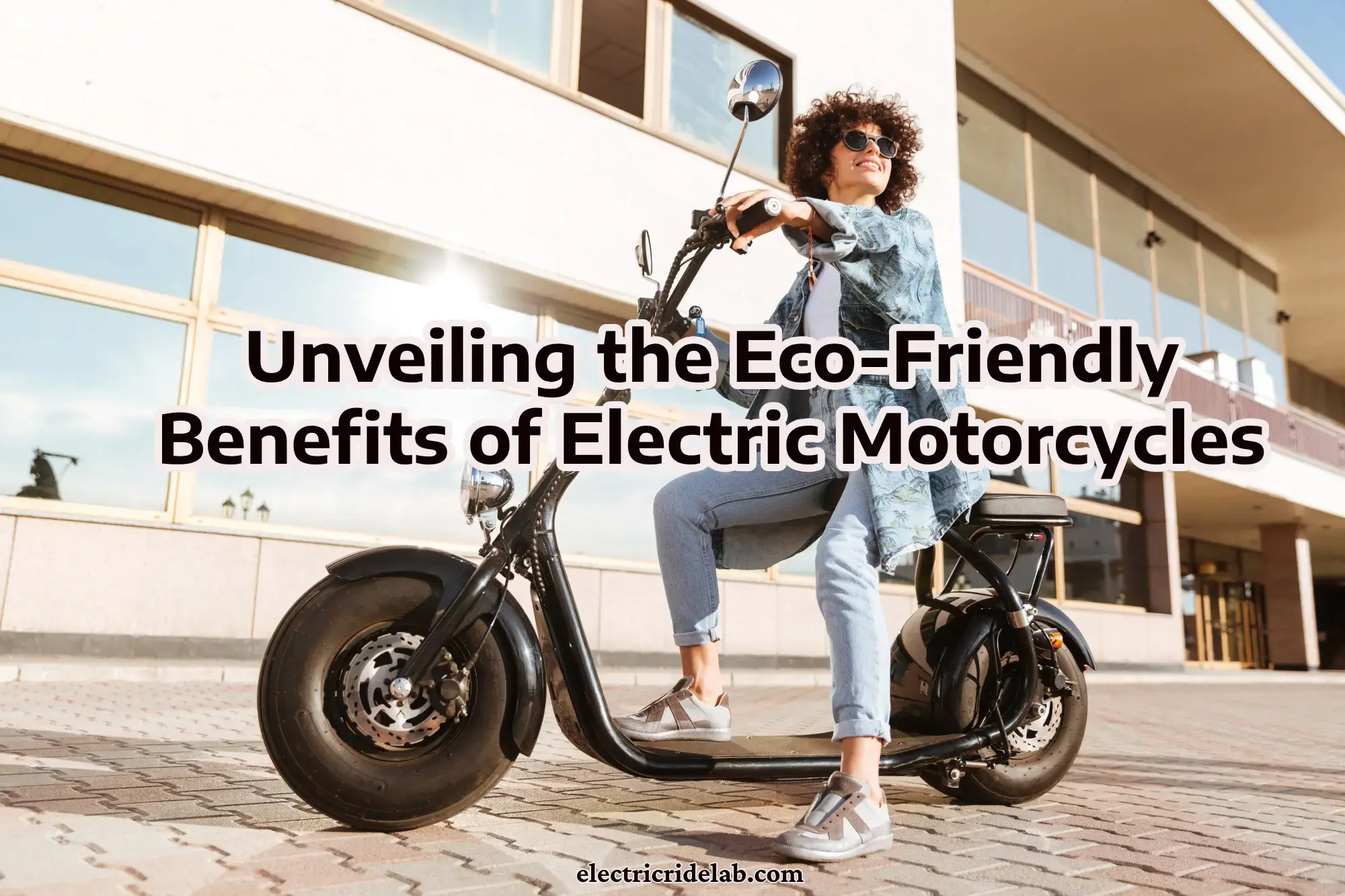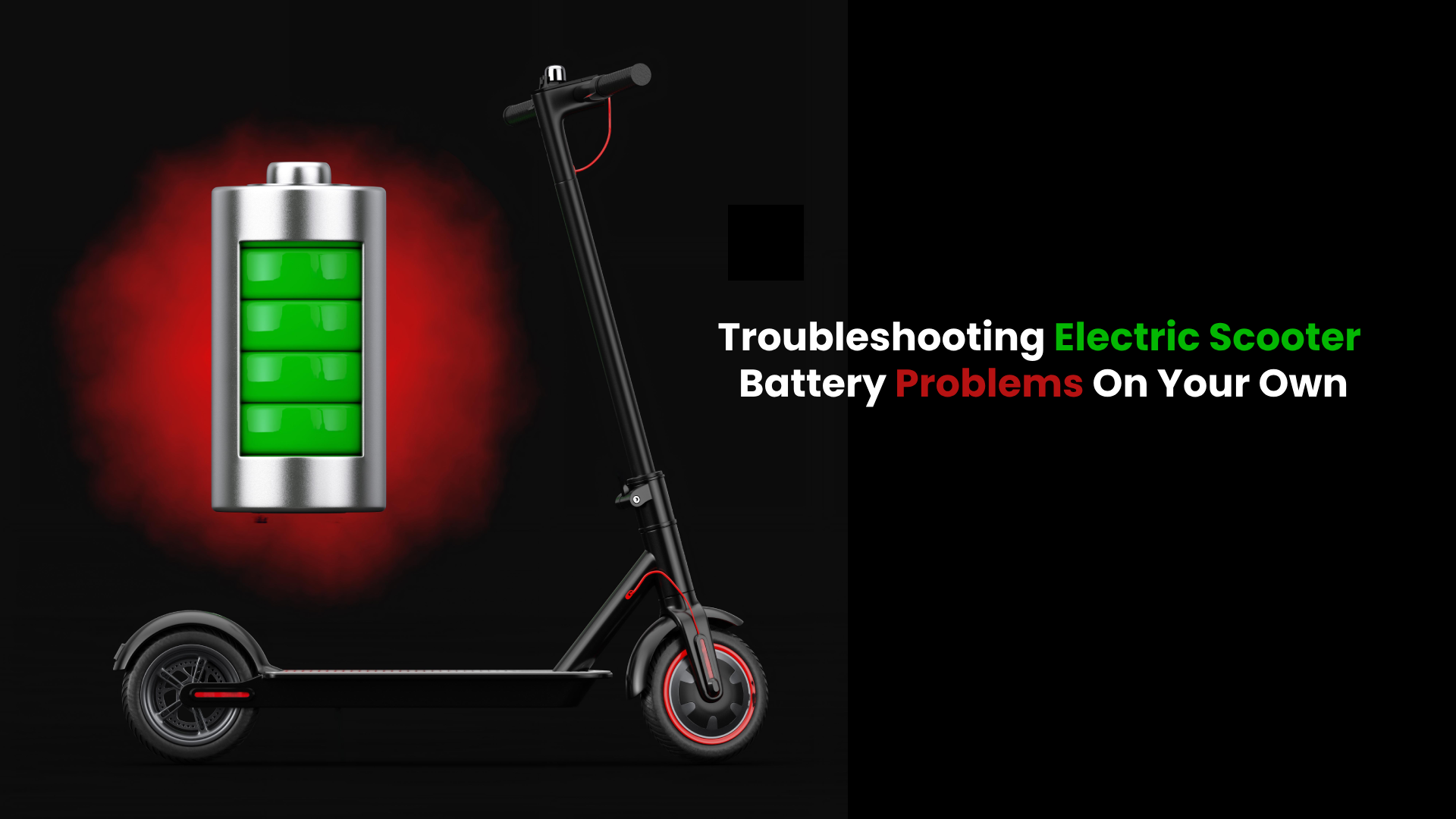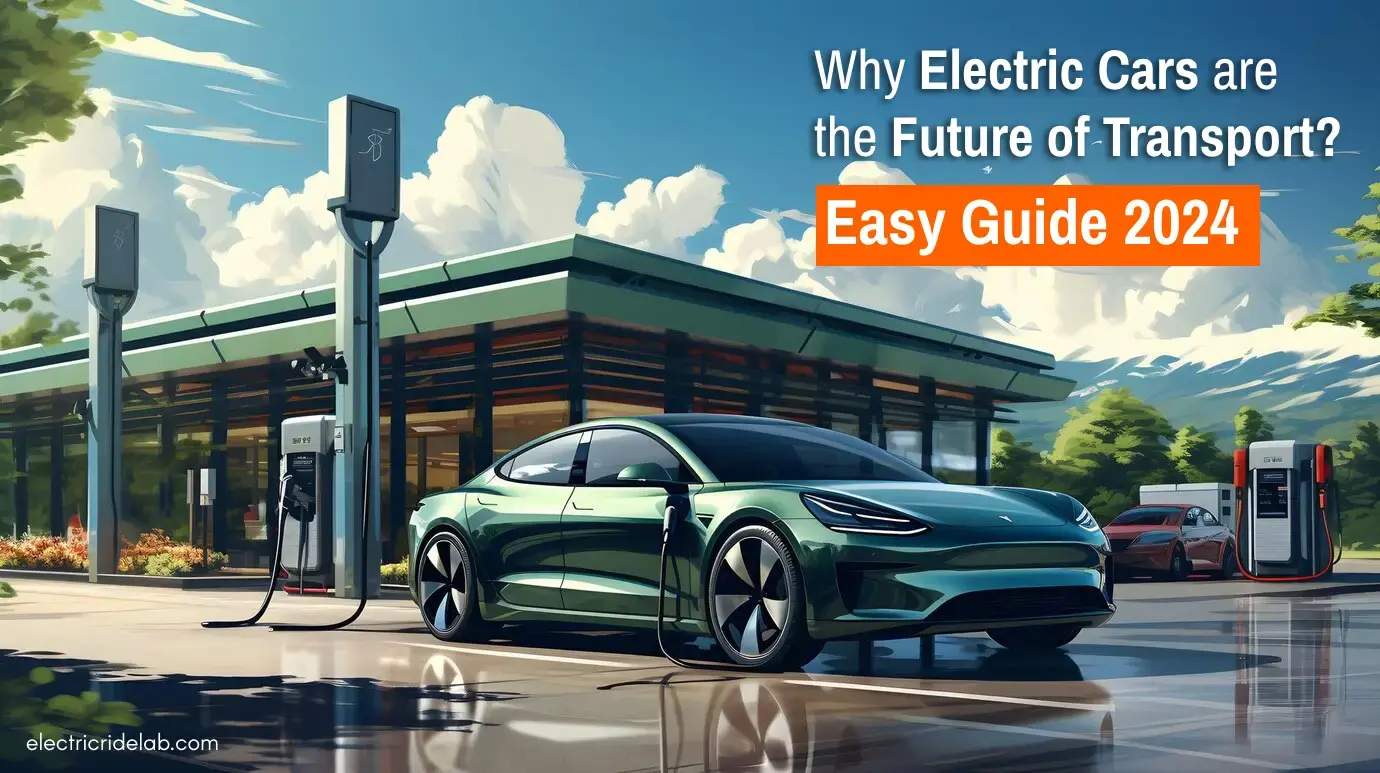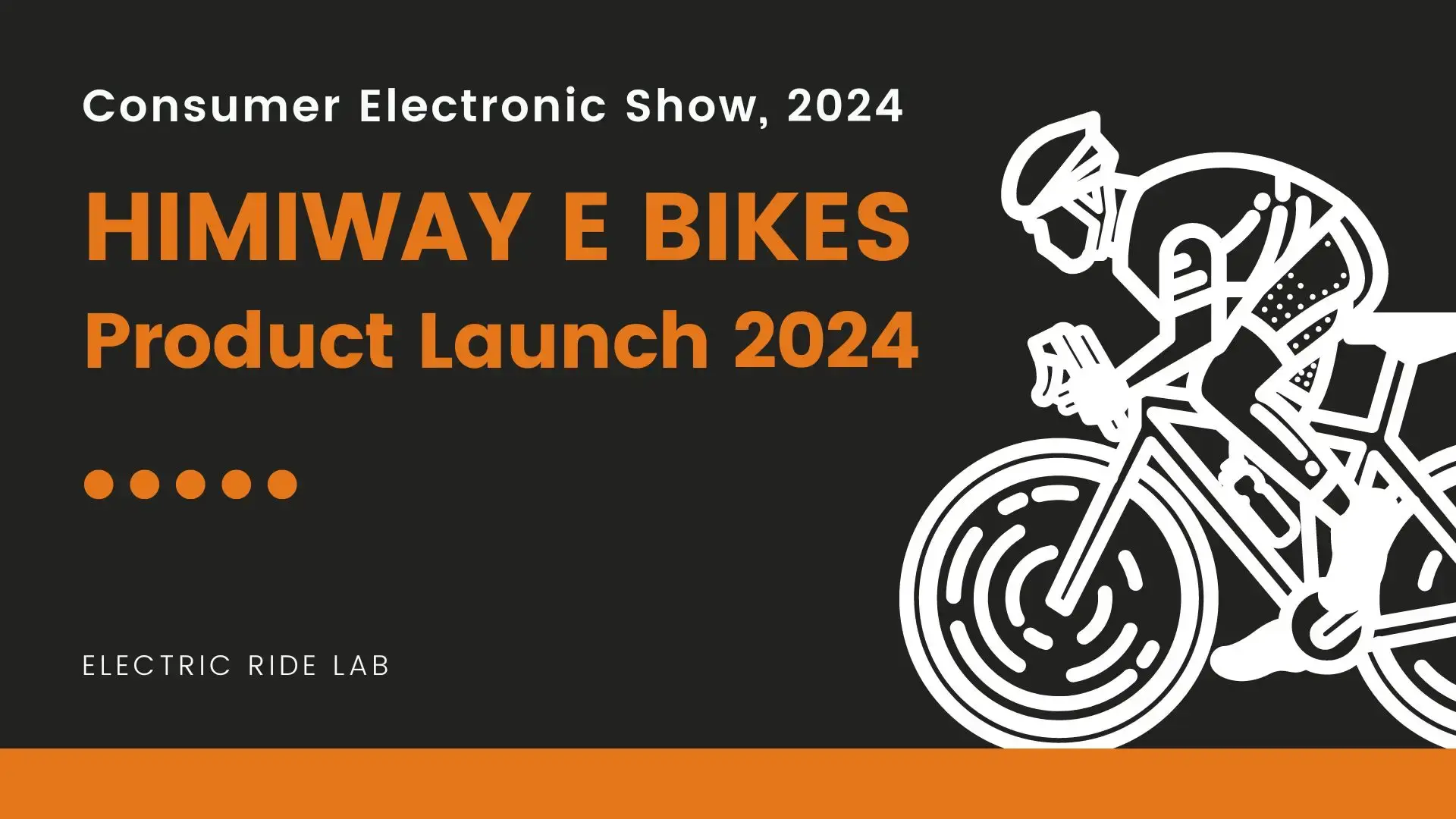Are you in the market for a pedal-assist electric bike? Pedelecs (an abbreviation for pedal electric cycle) are usually equipped with either cadence or ebike torque sensors that measure rider activity and deliver electric power based on the type or level of activity.
The difference(s) between a torque sensor and a cadence sensor might seem confusing at first since they pretty much involve pedaling. However, understanding how each pedal-assist system works will help you make more informed decisions when selecting the best electric bike for your needs.
What is a torque sensor?
A torque sensor provides assistance to the rider based on the amount of pressure being applied to the bike’s crank.
Also Read:
What is Pedal Assist and How it Works in Ebiks?
How a Ebike torque sensor works
Using a strain gauge, a Ebike torque sensor determines the amount of force being applied on the pedals(by the rider) and then sends signals to the controller to release enough power from the battery to boost the rider’s effort. The result is the electric motor spinning the wheel to push the bike forward.
To put it in simpler terms, an e-bike with a torque-sensing pedal-assist system will only receive boosts based on the amount of force being applied to the pedals.
Also Read:
How Fast Do Electric Bikes Go
What is a cadence sensor?
A cadence sensor, unlike a torque sensor, measures the number of revolutions a bike’s crank makes. In a cadence-sensing pedal-assist system the electric motors will only kick in when the pedals are rotating.
How does a cadence sensor work
A cadence sensor is designed with magnets located throughout its circumference. Depending on the level of pedal-assist selected by the rider, each time the cranks rotate past the magnets, the motor supplies power (to the predetermined peak) to the wheels.
Also Read:
36 vs. 48 Volt Ebike – Which One is Best For You?
Advantages of a Ebike torque sensor
1) A torque sensor makes riding intuitive
Riding a torque-sensing ebike creates an almost bionic experience. This is because it requires consistent input from the rider to actually boost its performance – kind of like a conventional bike.
2) A torque sensor provides power to the rider on-demand.
It doesn’t do so the way a throttle does, however, unlike a cadence-sensing pedal-assist system where pedaling faster – or harder – doesn’t necessarily guarantee a higher power output, torque-sensing PAS provides power to the rider when needed.
For example, when a rider needs extra power to climb up a steep hill, he/she can just pedal — since they’ll be facing resistance, pedaling will automatically be harder — and the motors will provide enough power to travel up the hill.
Disadvantages of Ebike torque sensors
1) They aren’t the best option for people with tender knees
A torque-sensing PAS will only provide power when there’s some kind of input from the rider (and in some cases, effort that involves force). For people recovering from knee injuries, riding pedelecs with torque sensors might cause strain to their already tender knees.
Also Read:
EBike Twist Throttles Vs Thumb Throttles – Best Options
Advantages of cadence sensors
1) Cadence-sensing systems don’t require too much effort from the rider
Once the cranks start rotating past the sensor’s magnets, the electric motor automatically kicks in. This makes even pedaling almost effortless.
Depending on the level of pedal assistance selected by the rider, an e-bike utilizing cadence sensors can generate up to 2000W without the need to add extra pressure to the pedals — just get the cranks moving.
2) They aren’t as expensive as torque sensors
Torque sensors are a newer, more sophisticated type of pedal-assist system. You will seldom find that e-bikes with torque sensors are more expensive than e-bikes with cadence sensors.
Disadvantages of cadence sensors
1) They tend to drain your e-bike’s battery faster
Cadence-sensing pedal-assist systems aren’t as reliant on human effort as torque-sensing pedal-assist systems hence they require more power from the battery than the latter.
Also Read:
E-bike 500w vs. 1000w: The Battle of the Motors
Which is better; cadence or torque sensor?
The answer to this question varies per rider. In most cases, a torque-sensing pedal-assist system would be best for off-road riding. This is because the rider can actually control how they react to certain riding conditions.
For example, when in need to climb steep hills, you can increase the intensity of your pedaling and the motor will multiply your input. However, it’s not that easy with cadence-sensing PASs.
The very fact that you will need to pedal harder since you’ll be facing resistance means that the crank won’t be completing as many revolutions as when you’re riding on a flat surface. And if the sensor can’t detect considerable cadence, you won’t be getting as much power as you need to travel up the hill.
Torque sensors aren’t perfect though, they still require human effort. “The harder you pedal, the more boost the motor supplies” – this only applies to torque sensors, in fact, cadence sensors supply more power the easier pedaling gets. I’ll explain.
The only time you really need to apply considerable effort to a cadence-sensing pedal-assist system is when you want to get it moving. Once the electric power kicks in, pedaling becomes easier without affecting the motor’s power output.
So you want to ride through town, you set your pedal assistance level to 3 (500W max), you get on the bike and start to pedal. Moving the pedals from rest will require your effort, but as the motor starts to provide power to the wheels, pedaling gets easier.
However, this does not affect power as the motor will still keep spinning the wheels until it (the motor) tops out at the 500W you set it at earlier.
A cadence sensor just needs you to get the cranks moving and the motor will take care of the rest, however, a torque sensor constantly needs you to communicate the amount of power you require before engaging the motor.
Also Read:
EBike vs Electric Scooter – Which One is Right For You?
Final verdict
Most of the time you won’t have to choose between a cadence and torque sensor when selecting the best electric bike for your needs. This is because lots of newer electric bikes come with both cadence and torque sensors installed.
A pedal-assist system that utilizes both cadence and torque sensors will facilitate a more intuitive and almost effortless riding experience.





